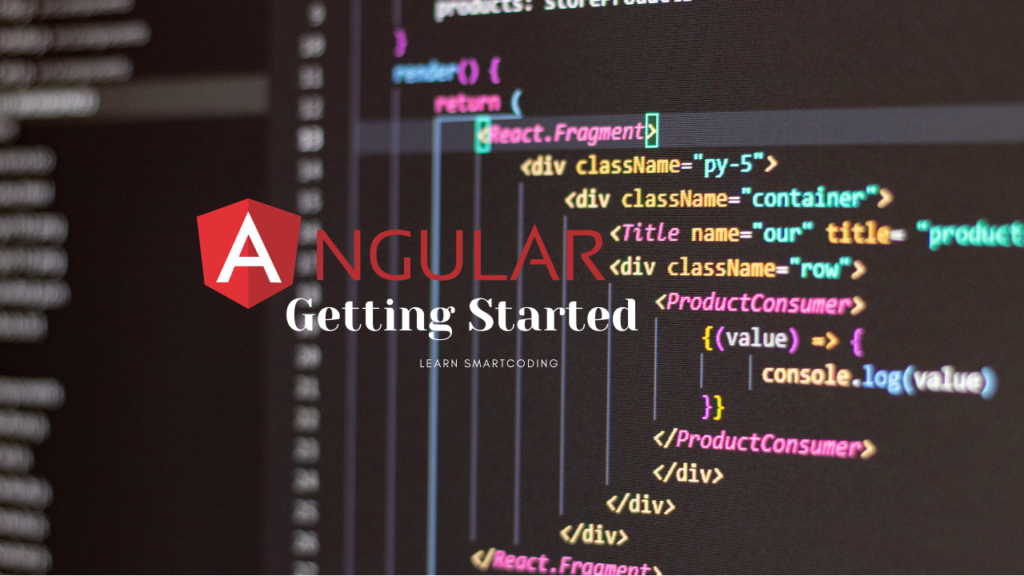Overview
Angular Getting Started is a beginner-level course that takes you on a journey through the basic features of Angular. The course will guide you through the right path and make you feel more pleasant and productive.

In this course, we build a sample application E.g. Restaurant. so you can code along or use it as a reference for your own development. Also, you will see how Angular provides a consistent set of patterns for building components, templates, modules, and services which will help come up to speed quickly.
This course covers the following
- Setup local development environment starting from stratch.
- How to build components
- How to create the user interface for your application in a template, and power it up with data binding and directives.
- Build services for logic needed across components and inject those services where they are needed.
- Learn how to send requests to a web server using HTTP and observables.
- Set up routing to navigate between the views of your application
- Last but not least, during the course you will learn Angular command line interface, or CLI, to generate, execute, test, and at the end how to deploy your Angular application.
At the end of the course, you will know the basics you need to get started building your own Angular applications.
Introduction
Angular is a framework for building both small and large web applications. With Angular, you can build a simple, small website in a few hours or build rich full-featured enterprise-level product management and inventory application.
Angular is a JavaScript framework for building client-side applications. These are applications that run entirely in the user's browser. We use techniques we already know including HTML and CSS to build the user interface, and we write our code in TypeScript, which is an enhanced version of JavaScript.
Why Angular and not some other JavaScript framework?
There are a lot of other JavaScript frameworks out there however, Angular makes our HTML more expressive.
We can embed features, such as if conditions, for loops, and local variables, directly into our HTML. Angular has powerful data binding that lets us connect data directly to our UI. Angular promotes modularity.
We build our applications as a set of building blocks, making it easier to create and reuse content. And Angular has built‑in support for communication with a back‑end server.
This makes it easy for our web applications to get and post data or execute server‑side business logic.
Angular Getting Started
This is a beginner-level course/tutorial. However, this course assumes you have some basic knowledge of JavaScript for code, HTML for building a user interface, and Cascading Style Sheets, or CSS for styling.
You do not need any prior knowledge of Angular or TypeScript. We'll cover what you need in this course. If you have a working knowledge of each of these will help you learn this course faster.
Whats Next?
In the next chapter/post, I will cover all the steps that are required to set up a local environment and run the initial application.
Short video tutorial
Summary
This Angular Getting Started post covered the overview of the course. Also, we looked at what is Angular, the JavaScript framework, and why Angular framework is. I hope you enjoyed it and are excited to learn the next module.
